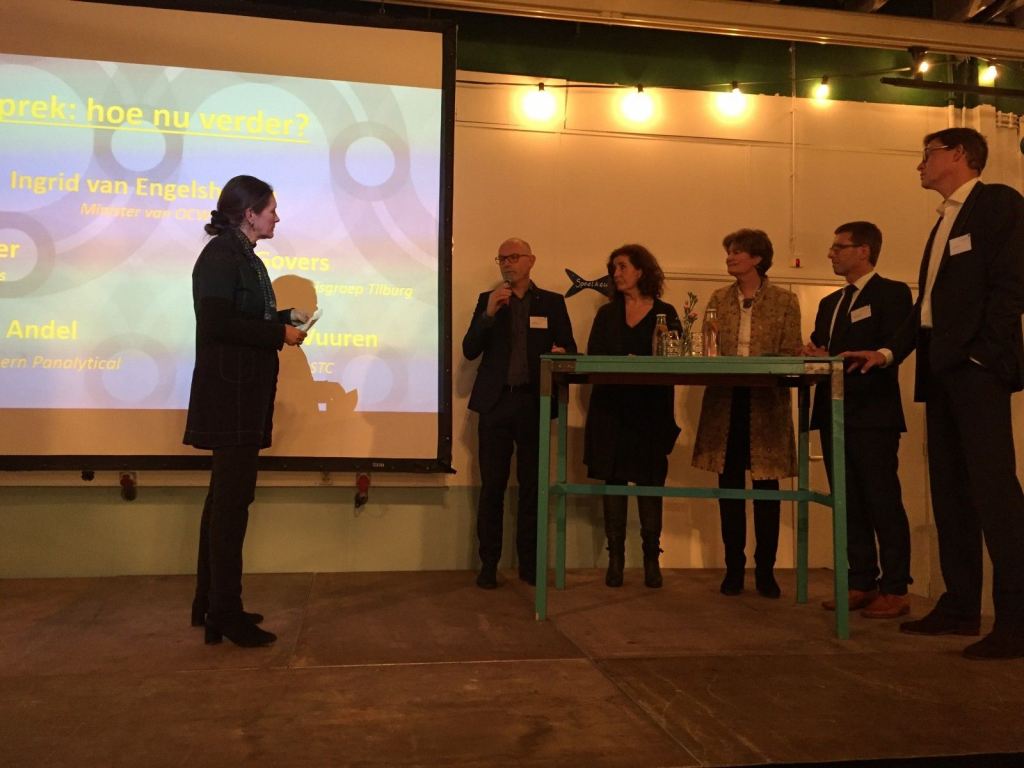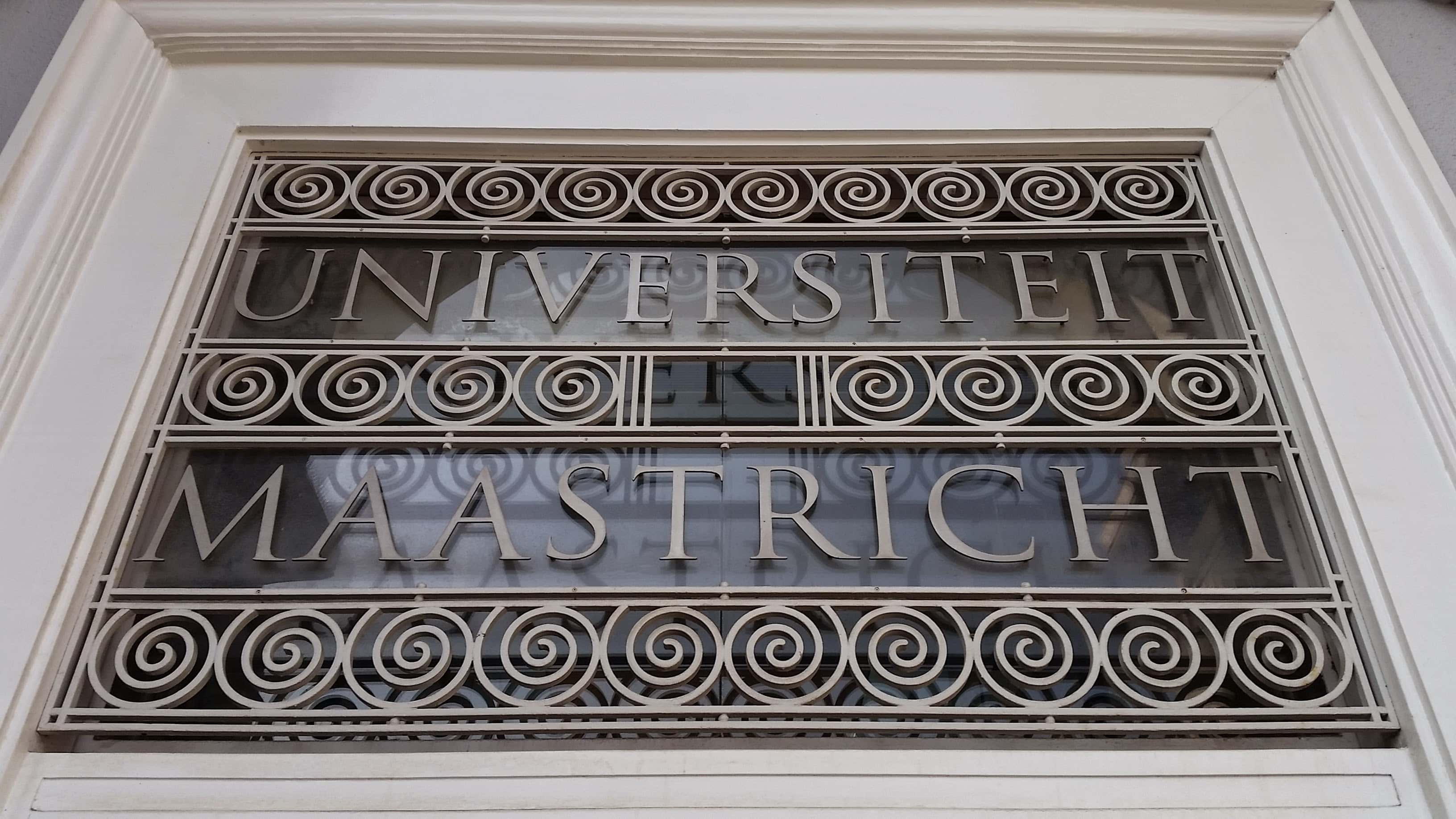
(This is a compilation of articles previously published on Bron.Fontys)
By Petra Merkx
Recent research carried out by the Platform Bèta Techniek (PBT) shows that 40% of workers who do not work in education or attend training courses would like to teach. Only what the daily life of a teacher looks like now is less pleasing to them.
The chairman of the Fontys Executive Board, Nienke Meijer, is delighted with the news. “It is good that so many people want this to happen, we have to use it.” Fontys has several pilots to show how this is working, Meijer emphasizes.
The whole week before class and few career opportunities, that’s not very attractive for many. Education should be much more flexible, according to respondents in PBT research. Meijer recognizes the desire to stand in front of the classroom as well as work in a company: “Many people want hybrid cohesion. That is good for both worlds. That’s how they get together. Business teachers, for example, are well informed about the latest developments. This also keeps the educational programmes up to date.”
Meijer says that Fontys wants to attract this group of ‘willing people’ to education. Several pilots are running for this purpose. “For example, we want to make it easier for them to obtain their teaching qualifications in a shorter period of time by giving them the opportunity to take their experience from practice.” Fontys can give credits for this, for example.
These pilots were presented at the end of January to education ministers Ingrid van Engelshoven and Arie Slob. The ‘Circular Careers: lessons and ambitions‘ event took place at Strijp-S in Eindhoven. Nienke Meijer and Doekle Terpstra of the Technology Pact seized the opportunity to present a plan for more ‘circular careers and hybrid lecturers’ to the education ministers. “We need to bring more people from business to education”, says Meijer. This is the solution to the shortage of technology teachers, especially in secondary vocational education and midlevel and professional education.
The influx of students to become a technology teacher has been decreasing for years. A new potential – experienced employees from companies who want to stand in front of the classroom – could be the solution. This can be done by promoting ‘circular careers’, in which employees work alternately for a company and stand in front of the classroom. In hybrid teaching, professionals teach a couple of days a week at a school and the other days they work in their company again.
But how do you draw people from business to school? Because they must, of course, obtain their teaching skills. Research by Platform Bèta Techniek shows that 40 percent of the working people would like to teach. But a full teaching profession does not attract them. They prefer to combine a career in a company with teaching. They also oppose the achievement of their educational qualifications.
Last year, Meijer and Terpstra led a pilot with three more pilots to specifically remove these thresholds. The most important thing was to offer tailor-made solutions so that the diplomas can be obtained faster and more flexible. “We built a sort of building blocks”, says Yvonne Gielen, who worked on it. The idea is that within this modular system, students can go faster through the curriculum because they only receive lessons in the parts they still need to be added. They can also take a step back or make extra steps for a period of time if this suits the work better.
According to project leader Pauline Klijn, this approach requires good cooperation between (v)mbo schools, teacher education, higher professional education and the business community. She thinks that an enormous amount has already been achieved in the pilot project. “We started with nothing. And just see how many people are now sitting here and involved”, says the education manager.
The other pilots were about setting up a pool of teachers and practitioners and how ‘circular careers’ can be facilitated. What about timetables, pay differentials, days off and such things?
Minister Van Engelshoven expressed her content with the quick and concrete approach to the problem, which was officially presented to her at the end of the meeting by Gerard Lenssen, director of Fontys University College of Business Management, Education, and Technology. “This fits in with technical education, this practical working method. I do not think that we need to write long notes on this at the ministry. We will only have to work on legislation and regulations to make all this possible”, she said. At the same time, she appealed to the business community, “which is jointly responsible for the success of all this”.







